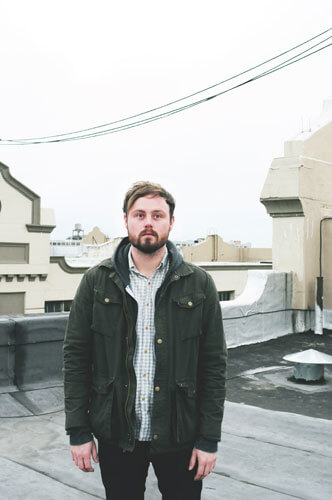About Grays the Mountain Sends: This project combines portraits, landscapes, and still lifes in a series of photos that explores the lives of working people residing in small mountain towns and mining communities in the American West. Equipped with a large format view camera, and inspired by the poetry of Richard Hugo, I’ve aimed to hint at narratives and relay the experiences of strangers met in settings that spur my own emotions. Ultimately, this body of work is a meditation on small town life, the landscape, and more importantly, the inner landscapes of common men.
Born, 1983, Houston, Texas. Currently based in Brooklyn, New York.
Source: www.bryanschutmaat.com
